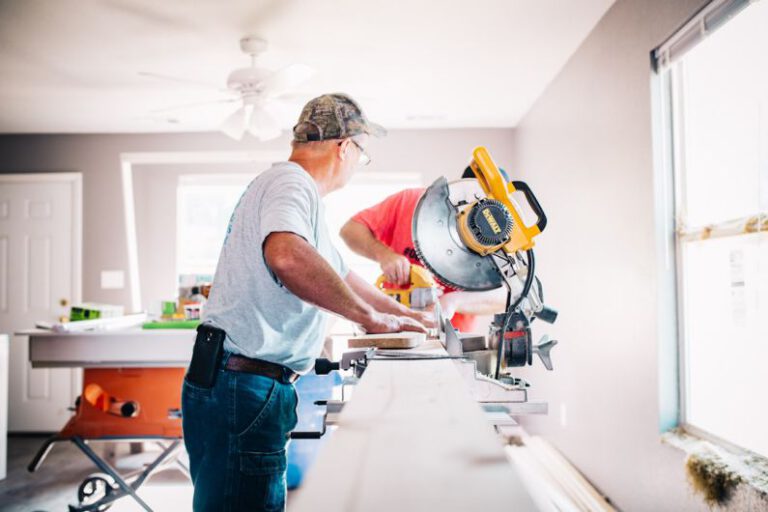What Will Building Designs Look Like in 10 Years?
As we move further into the 21st century, the world of architecture and design continues to evolve at a rapid pace. With advancements in technology, changes in societal values, and the increasing focus on sustainability, the landscape of building designs is constantly shifting. So, what can we expect building designs to look like in 10 years? Let’s delve into some key trends and innovations that are shaping the future of architecture.
Innovations in Materials and Construction Techniques
One of the most significant changes we can expect to see in building designs over the next decade is the continued advancements in materials and construction techniques. From the development of sustainable and eco-friendly materials to the use of 3D printing in construction, architects and designers are constantly pushing the boundaries of what is possible. In the coming years, we can anticipate buildings that are not only visually striking but also built with a focus on reducing environmental impact and increasing efficiency.
Integration of Smart Technology
Another major trend that will shape building designs in the future is the integration of smart technology. With the rise of the Internet of Things (IoT) and the increasing connectivity of devices, buildings are becoming smarter and more responsive. In 10 years, we can expect to see buildings that are equipped with sensors, automation systems, and artificial intelligence that optimize energy usage, improve safety, and enhance the overall user experience.
Flexible and Adaptive Spaces
In a rapidly changing world, the need for flexible and adaptive spaces has never been more apparent. Building designs in the future will prioritize versatility, with spaces that can easily be reconfigured to meet the changing needs of occupants. Whether it’s a workspace that can transform into a social hub or a residential unit that can adapt to accommodate multigenerational living, flexibility will be a key consideration in the designs of tomorrow.
Biophilic Design
Biophilic design, which seeks to incorporate elements of nature into the built environment, is gaining traction in the world of architecture. In the next decade, we can expect to see an increased emphasis on bringing nature indoors, with buildings that feature living walls, green roofs, and ample natural light. Biophilic design not only enhances the aesthetic appeal of a space but also has been shown to improve occupant well-being and productivity.
Emphasis on Sustainability
Sustainability has become a central focus in the design and construction industry, and this emphasis is only expected to grow in the coming years. Building designs of the future will prioritize energy efficiency, waste reduction, and the use of renewable resources. From passive design strategies that optimize natural light and ventilation to the incorporation of solar panels and green technologies, sustainability will be a driving force behind the buildings of tomorrow.
Human-Centric Design
In an age where technology often takes center stage, human-centric design is becoming increasingly important. Building designs of the future will be driven by the needs and preferences of the people who inhabit them. Spaces will be designed with a focus on health and well-being, incorporating elements that promote physical activity, mental wellness, and social interaction. Accessibility and inclusivity will also be key considerations, ensuring that buildings are welcoming and accommodating to all individuals.
The Intersection of Virtual and Physical Spaces
Advancements in virtual and augmented reality are blurring the lines between the physical and virtual worlds. In the next decade, we can expect to see building designs that leverage these technologies to create immersive and interactive experiences for occupants. Virtual walkthroughs, digital interfaces, and augmented reality applications will revolutionize the way we interact with and experience the built environment.
A Look Ahead
As we look ahead to the next 10 years, it’s clear that building designs will continue to evolve in exciting and innovative ways. With a focus on sustainability, technology, flexibility, and human-centric design, the buildings of the future will not only be visually stunning but also functional, efficient, and responsive to the needs of their occupants. The future of architecture is bright, and we can expect to see a diverse array of buildings that reflect the values and aspirations of society in the years to come.






